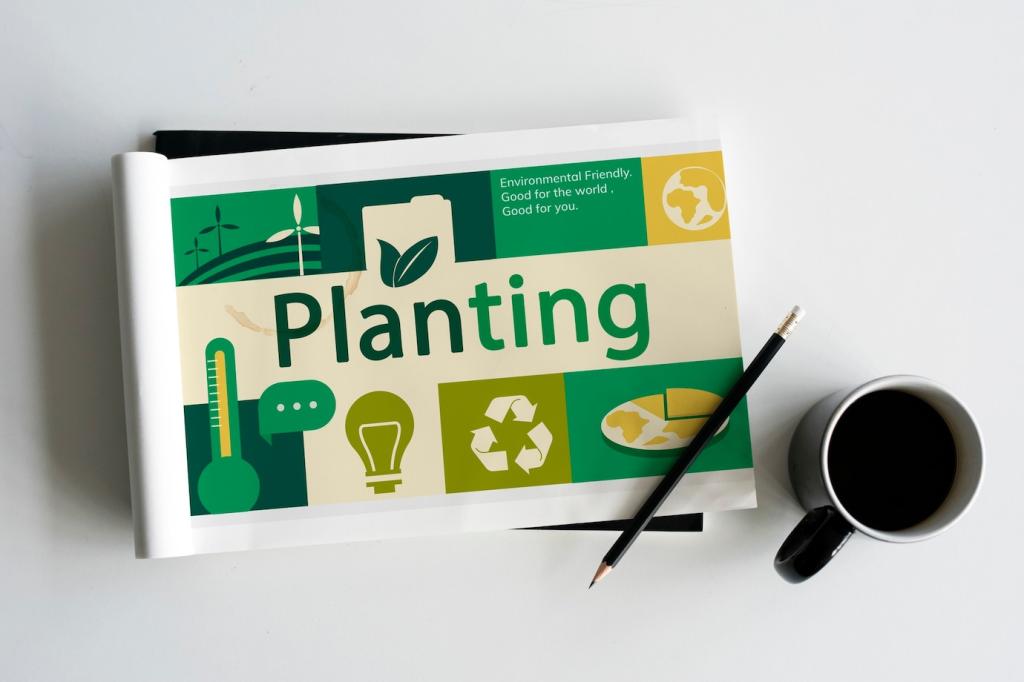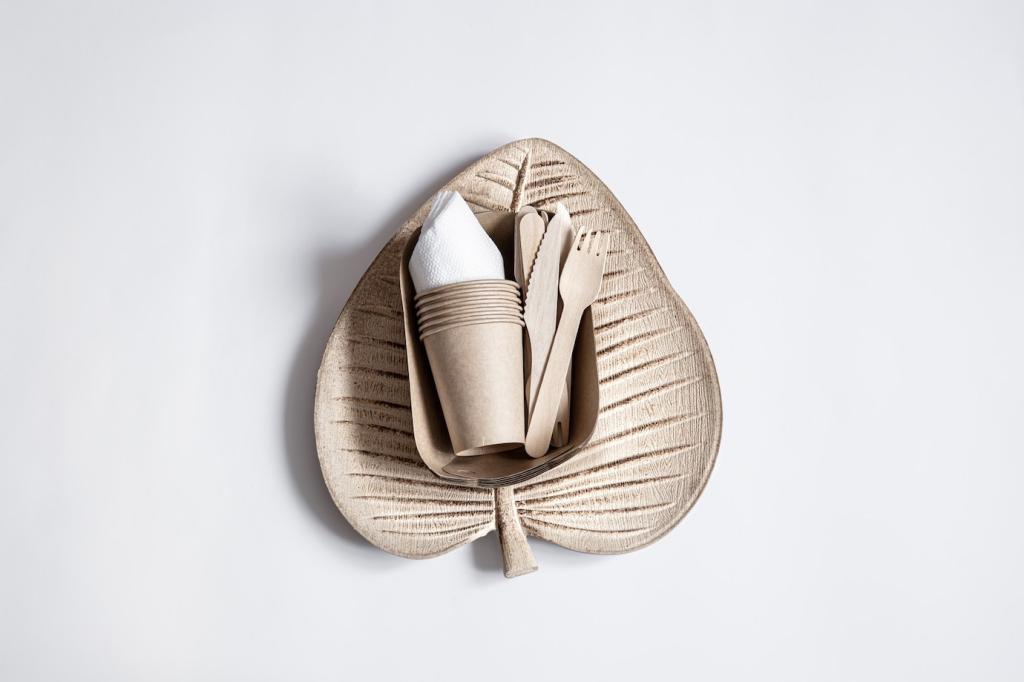Why Reclaimed Materials Matter
Every salvaged board or brick reduces demand for virgin production and diverts useful matter from landfills. Reuse often means significantly lower embodied energy and fewer emissions, while keeping the distinctive patina people pay extra to replicate. Tell us your best carbon-saving win using reclaimed elements.
Why Reclaimed Materials Matter
Reclaimed design makes circularity tangible: materials flow from one life to another without losing value. Steel, timber, glass, and brick can often be reprocessed or refitted with modest energy. Share how you looped materials back into use, and subscribe for case-study breakdowns.
Why Reclaimed Materials Matter
A 1920s oak door can become a communal table; old beams can frame a new studio. These artifacts carry fingerprints of craft, climate, and culture. What historical clue did you uncover in a reclaimed piece? Comment with your find and its new home.
Why Reclaimed Materials Matter
Lorem ipsum dolor sit amet, consectetur adipiscing elit. Ut elit tellus, luctus nec ullamcorper mattis, pulvinar dapibus leo.




